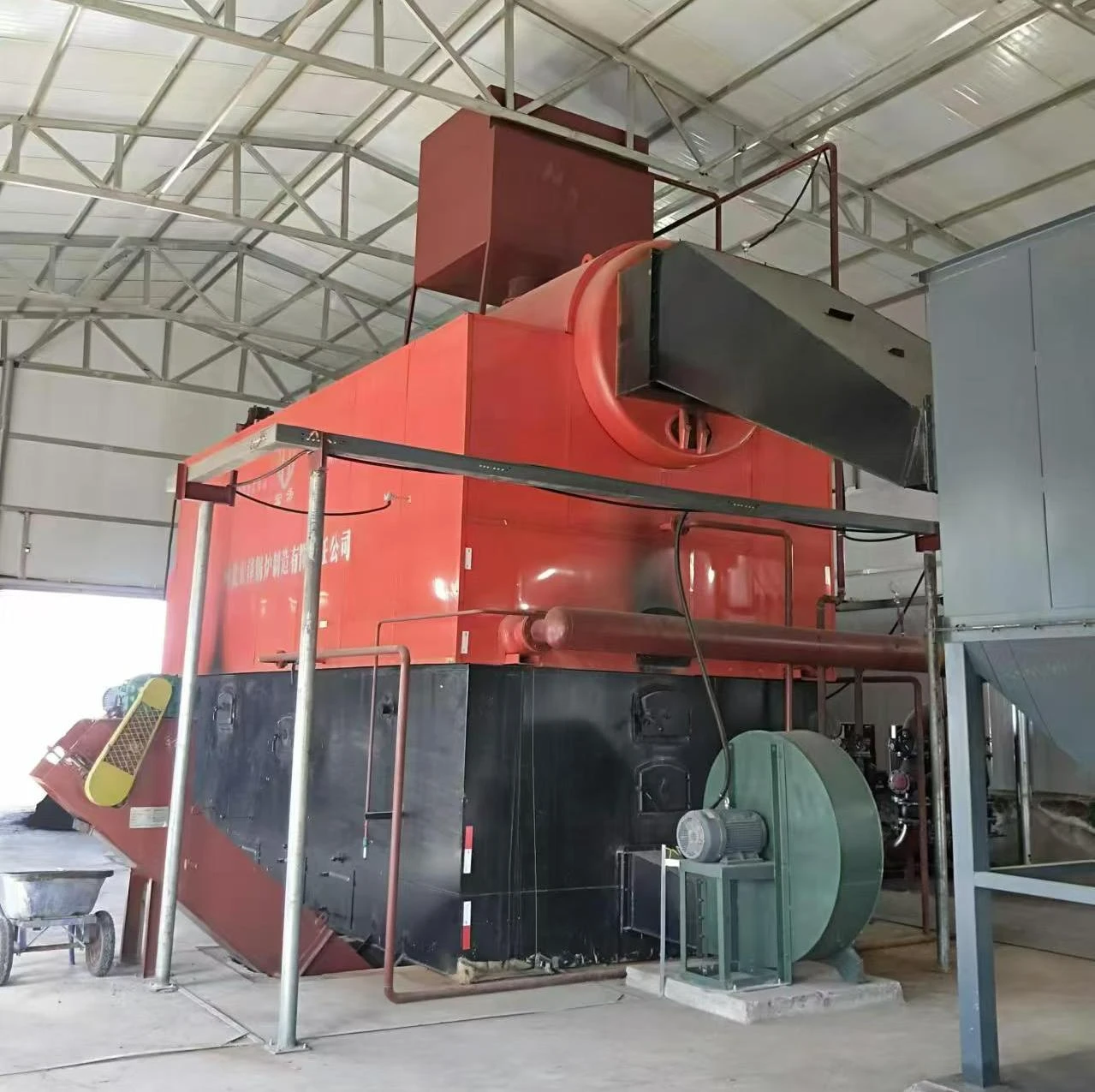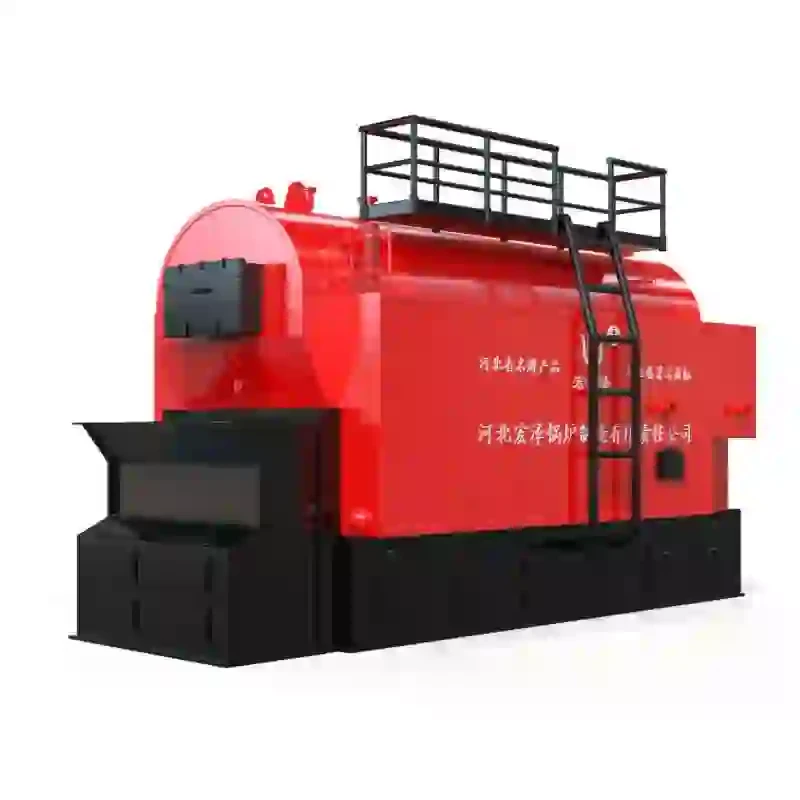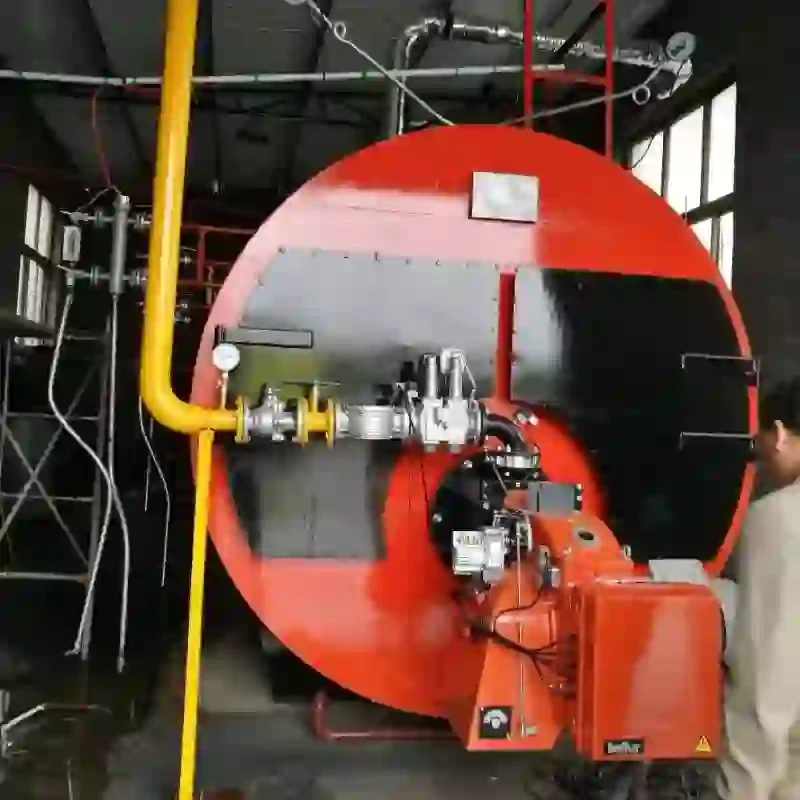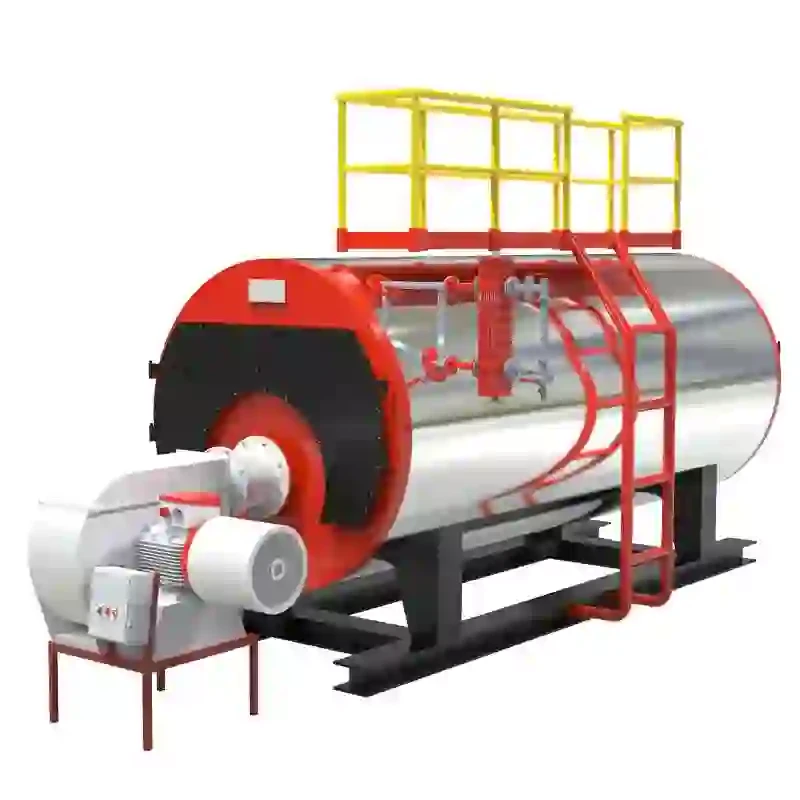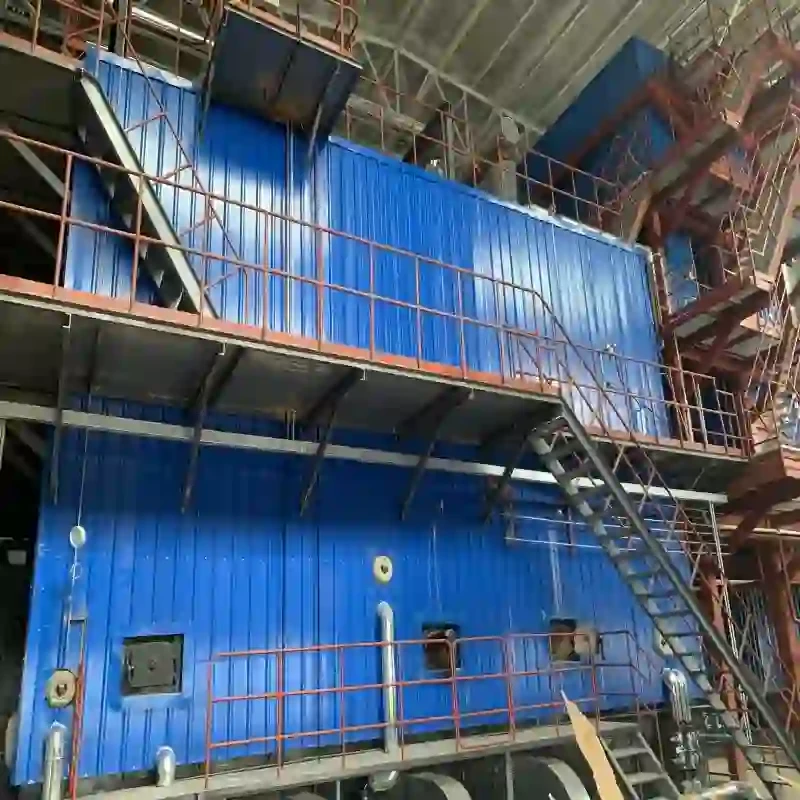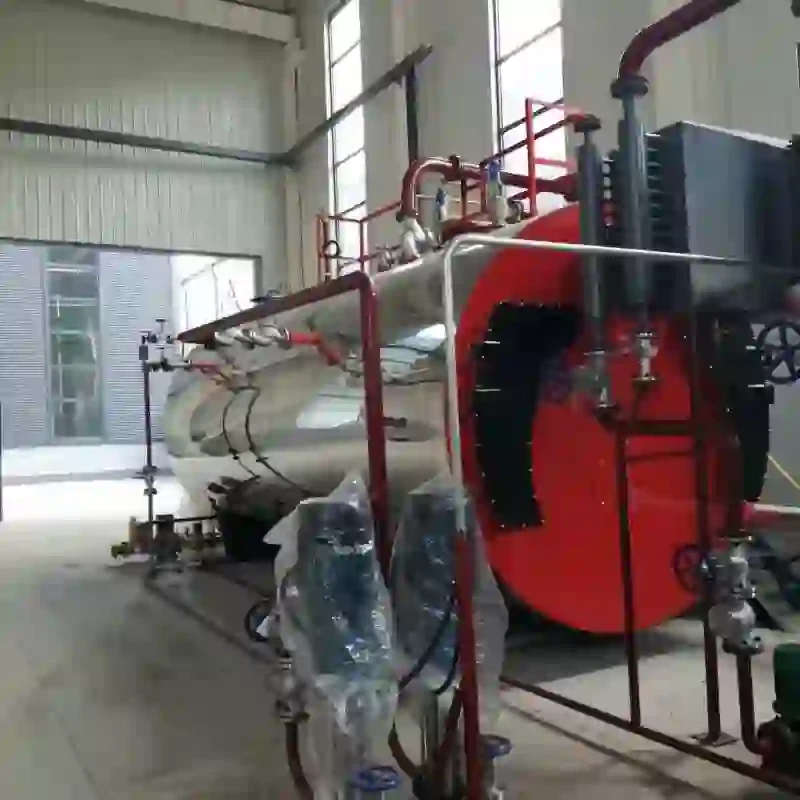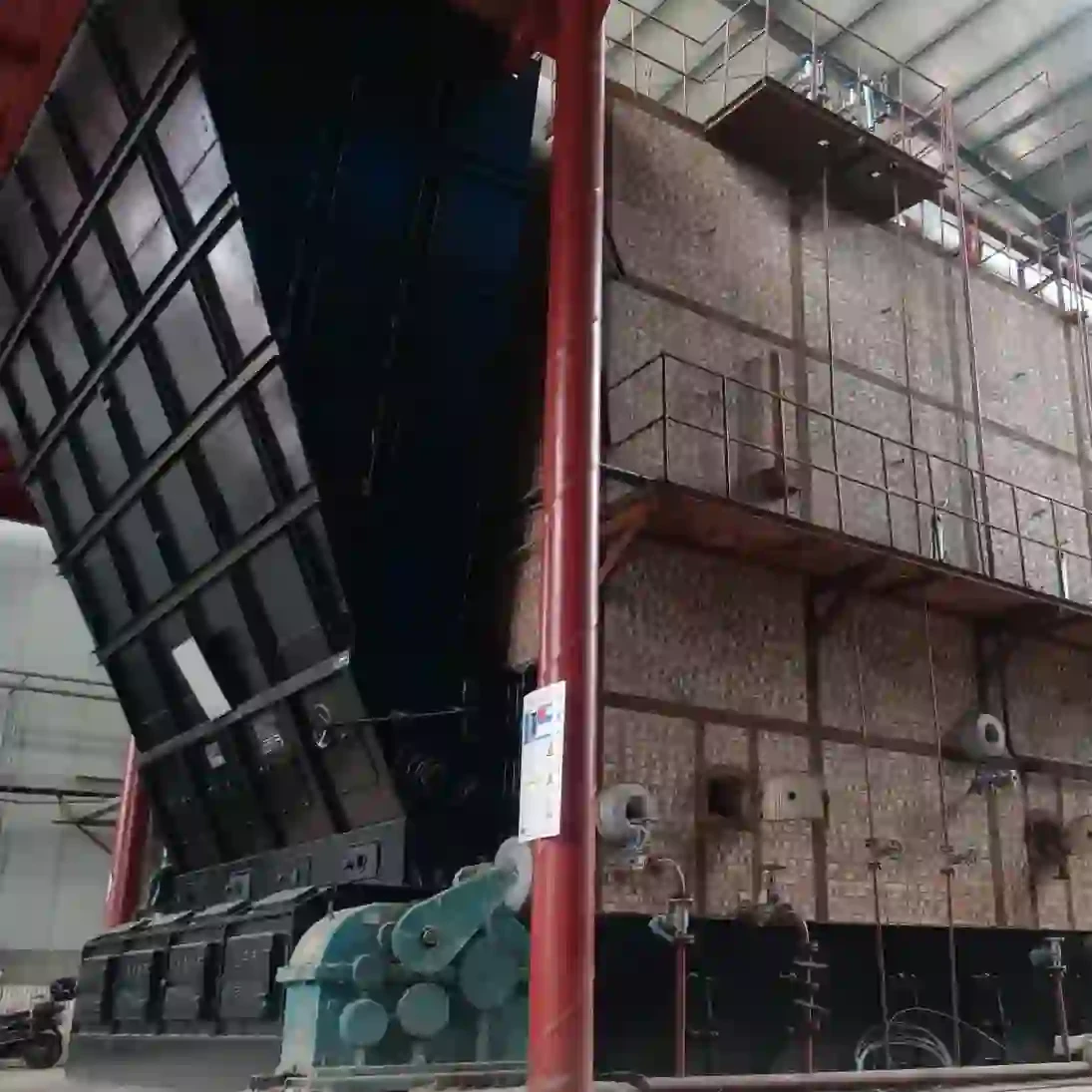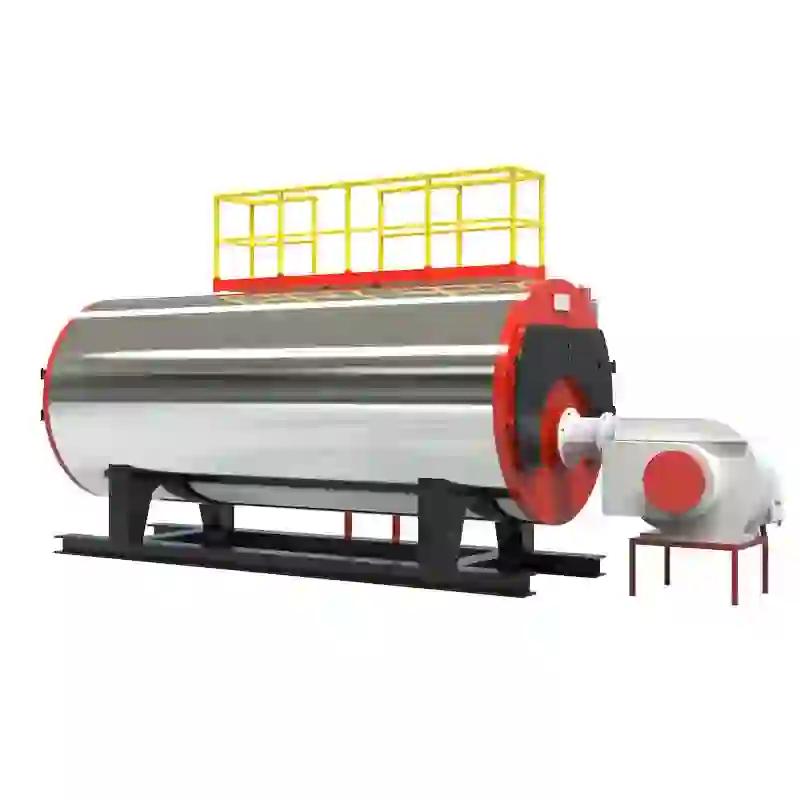
Jul . 08, 2025 07:19 Back to list
Steam Boiler System Diagram & Schematic Efficient Heating Solutions for Industry
- Introduction to Steam Boiler System Diagram
- Key Components and Technical Advantages of Boiler System Schematics
- Manufacturer Comparison: Data, Features, and Performance
- Customization Strategies for Boiler System Schematics
- Application Cases: Real-World Implementations and Results
- Challenges and Future Prospects in Boiler System Design
- Conclusion: Mastering Steam Boiler System Diagram Optimization

(steam boiler system diagram)
Introduction to Steam Boiler System Diagram Fundamentals
A steam boiler system diagram
is essential for visualizing and understanding the complex interactions within modern boiler installations. As industrial facilities and commercial buildings increasingly rely on steam and hot water systems for process heating and climate control, the need for accurate diagrams and schematic representation grows. These diagrams not only delineate flow paths and component locations, but also help optimize safety, efficiency, and compliance with international standards.
Steam boiler system schematic diagram s typically illustrate the relationships between the boiler, feedwater system, condensate return, pumps, heat exchangers, and control units. By employing clear symbols and standardized notation, these diagrams become powerful tools for engineers, maintenance teams, and procurement decision-makers.
The rising trend in retrofitting older systems and deploying high-efficiency models highlights the economic and environmental importance of comprehensive steam boiler schematics.
Key Components and Technical Advantages of Boiler System Schematics
Reliable operation begins with a thorough understanding of individual elements within the hot water boiler system diagram. Key components routinely represented include:
- Boiler vessel (fire-tube or water-tube)
- Burner assembly and fuel-feed line
- Pressure relief valves and gauges
- Water-feed pumps and makeup water supply
- Steam headers and distribution manifold
- Condensate return tank and lines
- Control panels with temperature and pressure sensors
Manufacturer Comparison: Data, Features, and Performance
Selecting the ideal boiler system is a balancing act among efficiency, operational reliability, and lifecycle cost. The table below compares leading manufacturers based on critical criteria—thermal efficiency, system integration options, automation features, and warranty periods—providing an objective reference for procurement and design teams.
| Manufacturer | Thermal Efficiency (%) | System Integration | Automation Level | Warranty (Years) |
|---|---|---|---|---|
| Cleaver-Brooks | 88–94 | Full (BMS, SCADA, IoT) | Advanced (PLC, Remote) | 5 |
| Miura | 87–92 | Partial (BMS, limited IoT) | High (Touchscreen, Data) | 7 |
| Weishaupt | 90–95 | Full (BMS, IoT, HVAC) | Advanced (Cloud, Predictive) | 6 |
| Fulton | 86–92 | Moderate (Basic BMS) | Standard (Basic reporting) | 5 |
Research from the U.S. Department of Energy notes that replacing legacy steam systems with advanced units from top brands can cut annual fuel use by up to 21%, depending on integration quality and operator engagement. Feature-rich automation is particularly valuable in mission-critical or high-throughput applications, while long warranty periods indicate long-term reliability and reduced total ownership costs.
Customization Strategies for Boiler System Schematics
Every facility presents unique requirements in terms of steam or hot water demand, regulatory compliance, and integration with existing infrastructure. Customization of steam boiler system schematic diagram solutions enables stakeholders to maximize efficiency while minimizing installation costs and operational risks. Tailored design considerations include:
- Capacity adjustment to meet fluctuating or peak loads, employing modular boiler arrays for redundancy
- Retrofit compatibility with existing piping and equipment to limit downtime
- Advanced controls for real-time data analytics, predictive maintenance, and remote system access
- Incorporation of heat recovery units, economizers, and hybrid-fuel capability
- Adherence to ASME, NFPA, and local environmental codes through custom configuration
- Scalable interface modules to communicate with building management or process control systems
Application Cases: Real-World Implementations and Results
Illustrative application cases reveal the transformative impact of accurate and adaptive boiler system diagrams. A textile manufacturer in Italy, for instance, implemented a new hot water boiler system based on a custom schematic to address seasonal load variability. The result was a 17% reduction in natural gas consumption during peak operation and a 29% drop in unplanned shutdowns. Similarly, a U.S. university’s campus retrofitted their infrastructure with high-efficiency, PLC-controlled steam boilers, mapping every stage of piping and pressure controls with modern diagrams. Annual emissions declined by 13%, while maintenance response times improved by over 40%. These successes reinforce the central role of precise diagramming in modern energy management, asset lifecycle extension, and regulatory reporting.
Challenges and Future Prospects in Boiler System Design
While technological advancements have reshaped the boiler industry, challenges remain. Legacy system integration, workforce training gaps, and evolving environmental mandates all exert pressure on both suppliers and end users. Studies indicate that 64% of industrial sites rely on equipment over 15 years old, complicating digital integration and raising safety concerns. The proliferation of IoT-enabled sensors, digital twins, and cloud-based control platforms is beginning to bridge these gaps, offering predictive diagnostics and remote monitoring to augment traditional boiler schematics. Looking ahead, sustainability targets—such as the European Union’s push for carbon neutrality by 2050—are accelerating the transition to low-emission boilers and smart system designs. As a result, diagrams are incorporating new symbols and logic to represent heat pumps, biomass burners, and integrated solar assist.
Conclusion: Mastering Steam Boiler System Diagram Optimization for Modern Demands
The comprehensive adoption and refinement of steam boiler system diagram best practices are pivotal for future-proofing industrial, commercial, and institutional facilities. From improved safety documentation to advanced energy analytics, such diagrams support data-driven optimization and regulatory compliance. By leveraging structural clarity and technological innovation, decision-makers can ensure reliability, reduce lifecycle costs, and maximize return on investment. Keeping abreast of updates in schematic standards and integrating digital design tools will empower teams to address evolving demands and realize enduring value from boiler system assets.

(steam boiler system diagram)
FAQS on steam boiler system diagram
Q: What is a steam boiler system diagram?
A: A steam boiler system diagram is a visual representation showing the components and flow paths within a steam boiler system. It includes elements like the boiler, feedwater tank, and steam lines. This helps users understand how steam is generated and distributed.Q: Why is a steam boiler system schematic diagram important?
A: A schematic diagram is crucial for troubleshooting and maintenance. It clearly shows the interconnections between parts such as valves, pumps, and control devices. This diagram ensures safe and efficient operation of the steam system.Q: What are some key components shown on a hot water boiler system diagram?
A: Essential components include the boiler unit, circulation pumps, expansion tank, and piping. The diagram also shows control valves and temperature sensors. These parts work together to distribute hot water throughout the system.Q: How does a steam boiler system diagram differ from a hot water boiler system diagram?
A: A steam boiler system diagram illustrates the steam generation and distribution, focusing on steam flow and steam traps. In contrast, a hot water boiler system diagram emphasizes circulating heated water and includes parts like expansion tanks. Both diagrams highlight key safety and control elements.Q: Where can I find detailed steam boiler system schematic diagrams?
A: Detailed schematic diagrams are usually provided in the boiler’s user manual or technical documentation. They can also be found on manufacturer websites and engineering reference books. Always refer to official sources for accurate and safe information.-
Comprehensive Guide to Steam Boiler Installation Diagram – Global Best Practices and Future Trends
NewsNov.24,2025
-
A Practical Guide to the Selection of Steam Boiler for Industrial Efficiency
NewsNov.23,2025
-
Comprehensive Guide to Steam Boiler PDF Manuals and Their Global Impact
NewsNov.22,2025
-
Discover How Steam Boiler Videos Improve Industrial Training & Safety
NewsNov.22,2025
-
Comprehensive Guide to Wood Fired Steam Boiler Design – Efficiency, Applications, and Innovations
NewsNov.21,2025
-
Comprehensive Guide to Steam Boiler Working – Efficiency & Applications
NewsNov.20,2025
Related PRODUCTS






